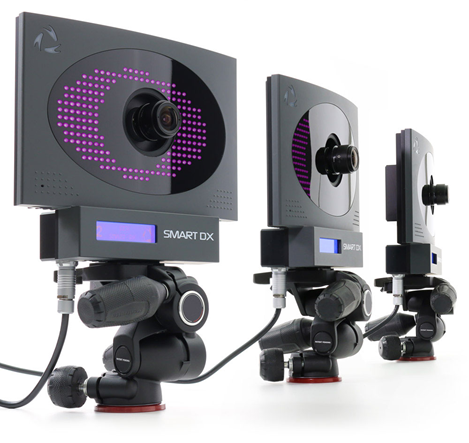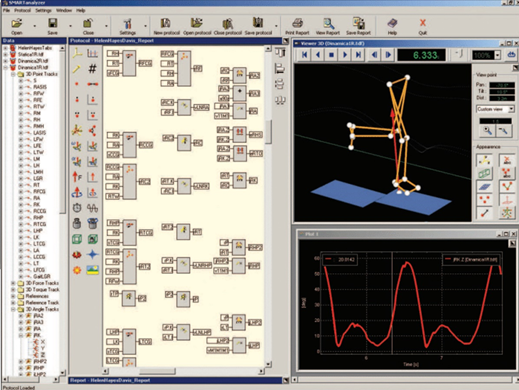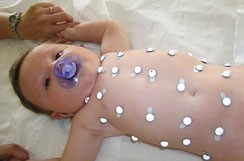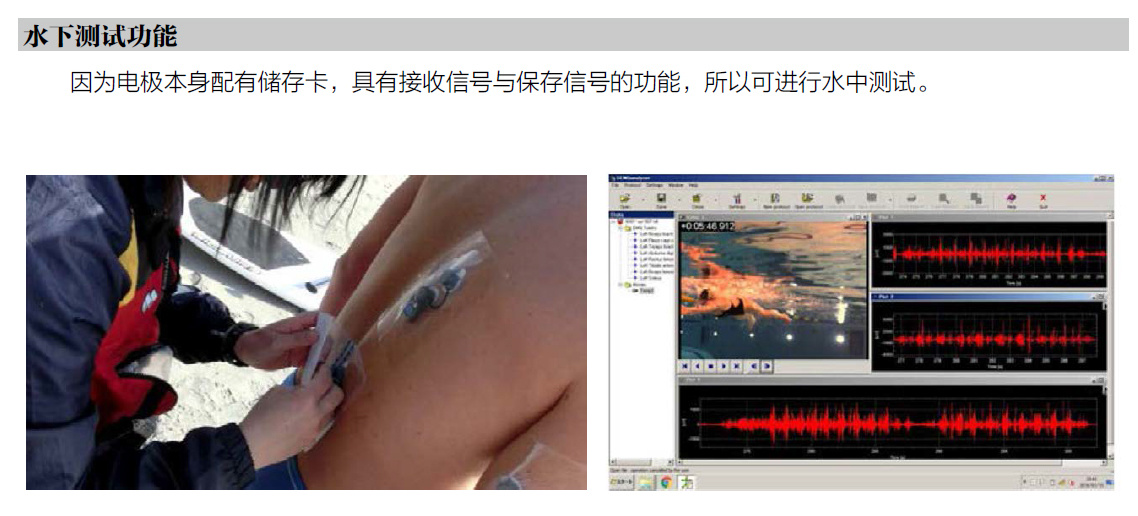

MBD model quality inspection and management
- MBDVidia software - CAD model format conversion + 3D model PMI annotation checking and management + importing measurement results into 3D models + automatically generating FAI and other reports
- MBD model quality management function plugin of CAD system - real MBD model + CAD model format conversion + automatic generation of 2D drawing bubble diagram + PMI human-readable + measurement result import into MBD model + automatic generation of FAI report
- CompareVidia Software - CAD Model Data Conversion and Verification Software ++ Automatically generates customizable reports + Complies with Boeing D6-51991 standards + CAD model file version management + 3D PMI annotation management
- Pundit Software - Intelligent CMM Detection Simulation Software + Optimized Measurement Plan + Measurement Plan Uncertainty Analysis + Simulated Detection Process + Finding Defects in GD&T
CAD Modeling and Repair
CAE Simulation Analysis
Environmental Stress Excitation Testing
- HAMT High Acceleration Maturity Test System - Improve Product Quality, Enhance Operational Efficiency, Accelerate Product Market Launch
- American HANSE Special Environment Test Chamber - Highly Accelerated Life Testing and Product Reliability Testing
- Electromagnetic Vibration Test System - Conducting product failure analysis through sinusoidal vibration, random vibration, and classical impact tests.
- Impact Testing Machine - Correction of Support Structure and Analysis of Material Properties
- Drop Test Machine - Product Structure Verification and Reliability Analysis
Vibration and Displacement Strain Measurement
- EikoTwin FE-DIC 3D Full-Field Non-Contact Optical Strain Measurement System
- HoloBright Laser Doppler Multi-Point Vibration Meter - Long-Distance Laser Vibration Measurement Equipment
- PMLAB DIC-3D Pro Traditional DIC Strain Measurement System - Full-field Non-contact Strain Measurement
- SP-SWI/SP-DWI Optical Static/Dynamic Surface Profilometer - Dynamic/Static Morphology Measurement + Resonant Frequency Detection
Sound and Vibration Measurement
- Signal-Wise Comprehensive Noise Diagnosis and Analysis System - Noise Source Localization + 3D Sound Field Reconstruction
- Signal-Wise X-tractor Intelligent Signal Recognition Quality Inspection Analysis System - Product QC Testing + Designated Defect Recognition
- SoundPLAN Noise Prediction Assessment Tool - Outdoor Noise Detection and Assessment Software
- SonoCat multifunctional acoustic measurement device - on-site sound source location, detection of sound pressure & sound intensity & material surface sound absorption effect parameters.
- Norsonic Far-field Sound and Vibration Measurement System - Noise Analysis + Noise Source Identification and Localization
- Synave Near-field 3D Acoustic Holography Measurement System - 3D Sound Field Reconstruction + Noise Source Localization
- Visual Signal Sound Signal Analysis Tool - Vibration Noise Signal Visualization
- COCO80/90 Dynamic Signal Analyzer - Handheld Noise Signal Recording and Analysis Device
Biomechanical Analysis
- BOB Human Muscle and Skeletal Simulation Modeling Software - Biomechanical Analysis of Movement
- BTS Biomechanical Motion Analysis System - Human Motion Data Collection Equipment
- PRO-GRF Ground Reaction Force Professional Analysis System
- SPI-Tactilus Foot Pressure Testing System - Real-time Contact Surface Pressure Analysis
- Vehicle Seat Comfort Measurement System - CASIMIR and MEMOSIK
SPI Surface Pressure Full-Field Measurement System
- SPI-FreeForm® Real-time Contact Pressure Testing System - Automotive Door Sealing Test - 1
- SPI-FreeForm® Real-time Contact Pressure Testing System - Automotive Door Sealing Test - 2
- SPI-Tactilus® Surface Contact Pressure Analysis System
- SPI-Tactilus® Flex Bending Degree Measurement Sensor
- SPI-Tactilus® Real-time Contact Pressure Measurement System (Heat Exchange Applications)
- SPI-Tactilus® Real-time Contact Pressure Measurement System - Pressure Indicating Washer
- SPI-Tactilus® Real-time Contact Pressure Testing System - Application in Heat Dissipation Equipment
- SPI-Pressures-micro®Green contact pressure indicating pressure-sensitive paper / pressure-sensitive film
- SPI-Tactilus Free From® Real-time Contact Pressure Testing System - Appliance Door Sealing Test
Non-destructive testing
BTS Biomechanical Motion Analysis System - Human Motion Data Collection Equipment

BTS FREEEMG brings the diagnostic technology of surface electromyography (Surface EMG) analysis into a brand new and revolutionary realm. BTS FREEEMG is the world's first wireless transmission technology for electromyography signal acquisition devices, with each detection electrode containing 16 miniaturized probes, weighing only 7.5 grams. The corresponding mobile receiver for each detection electrode weighs only 240 grams and can be placed on the patient, on a table, or carried by the physician, allowing for the reception of electromyography signals collected by the active electrodes at any time. BTS FREEEMG uses wireless transmission technology, making it quick to place on specific muscle groups of the patient, providing more comfort, and eliminating interference caused by carrying a receiver box and tangled wires while the patient moves.
The specially designed variable geometry probe allows for unobtrusive wearing and lightweight design, enabling the collection of electromyography signals for various motion analyses (such as walking, running, or jumping) or different types of subjects (such as children) without changing the original motion patterns of the subjects. BTS FREEEMG, in conjunction with powerful software like Myolab or Myolab Clinic, can visualize electromyography signals, process data, and output reports in various formats. With Myolab, deeper analysis of electromyography signals can be conducted, such as localized muscle fatigue detection. In collaboration with Myolab Clinic, BTS FREEEMG can be applied in the assessment of patients with neurological, orthopedic, pharmacological therapy, and functional deficits, providing comprehensive rehabilitation tracking treatment.
High-precision digital optical system suitable for all types of movements.

BTS SMART-D (High-frequency digital system for biomechanical motion analysis) is a newly designed high-resolution digital optical system that can analyze any form of motion with higher accuracy than ever before. This system is a significant evolution of the SMART system already adopted by global researchers. Due to structural improvements, high-performance calibration systems, and a newly designed three-dimensional data reconstruction process, SMART-D can capture rapid and even subtle movements using advanced technology. The new generation of digital cameras is not only lighter in appearance but also features more powerful flash frequency lighting technology, significantly increasing the effective detection range and allowing use in well-lit or outdoor sunny environments.

The analysis software SMARTAnalyzer can synchronize and integrate signals collected from other analog signal devices (such as force plates, electromyography acquisition devices, treadmills, etc.) with kinematic data. SMARTAnalyzer also has customizable report formats that can automatically display the data required for complete motion analysis, allowing users to easily and efficiently create personalized report formats. Additionally, multimedia report formats can be printed, output, or shared online as needed. Therefore, BTS SMART-D is an advanced equipment technology in research, sports, and industrial applications. It also holds an irreplaceable position in academic or clinical biomechanics, sports mechanics, robotics, motorsports, computer graphics, virtual reality, etc., due to its high integrity, flexible application, and precision.
Measurement and evaluation of the respiratory system OEP (Opto-Electronic Plethysmography).

The system measures the state of the respiratory system by recording chest movement. In particular, specially designed cameras can accurately measure the 3D positions of reflective markers placed on the thorax; using world-leading algorithms, the OEP system provides accurate measurements of changes in the thorax during breathing. The OEP system showcases breakthrough technology by obtaining unique data—there are no rigid constraints, and there is no need to set up instruments at the patient's or athlete's mouth and nose to accurately measure the required data.
It can measure changes in lung capacity during breathing over sustained and long-term conditions, while allowing for continuous quantification of dynamic expansion without the need for large movements in breathing and significant sleep issues. — The respiratory system is divided into different regions for precise measurement (i.e., upper and lower ribs and abdomen, left and right sides of the thorax), allowing for quantification of changes in the thorax and phase delays in different intervals. The BOEP system is a non-invasive measurement system, overcoming the limitations of traditional respiratory evaluation techniques, allowing it to be used in various postures (sitting, standing, lying on the back, lying face down) and applicable in various activities such as resting, exercising, sleeping, monitoring infants, singing, playing instruments, etc.
Clinical motion analysis integration solution.

BTS Elite allows clinicians, surgeons, and athletic trainers to conduct multifactor dynamic analysis while obtaining objective and quantitative data that traditional measurement methods cannot achieve. This system is a patented process software used in surgical procedures, providing highly valuable diagnostic data and monitoring tools, and can also be used to verify the efficacy of pharmacological or rehabilitation treatments, as well as to conduct quantitative analysis of post-training effects.
BTS Elite can integrate kinematic data with force plates, EMG, and other analog signal devices. By analyzing all synchronized data parameters, it can accurately assess how a patient uses muscle contractions and the ground reaction forces during movement, achieving mutual changes in force and torque between joints and segments. Through the BTS Elite System, more complete and precise result reports can be obtained compared to current general-level analysis systems, and all processes can be completed in just 30 minutes. Using this objective motion analysis measurement system for multiple assessment tests can lead to more appropriate decisions in treatment strategies before and after, minimizing the risk of complications.
A new wireless transmission technology EMG specifically designed for dynamic analysis of muscle activity.

BTS PocketEMG is an innovative device that achieves three major advantages: lightweight, powerful functionality, and ease of use, providing an appropriate electromyography signal acquisition system for physicians, sports instructors, therapists, and researchers. BTS PocketEMG features multifunctionality, versatility, and multiple channels to meet the diverse needs of users, making it an ideal electromyography signal acquisition device for clinical applications, rehabilitation therapy, sports medicine, and functional medical research. With a stylish design, BTS PocketEMG weighs less than 300 grams, has an easy-to-operate interface, and offers unlimited functionality, showcasing its uniqueness. With 16 electromyography channels, each channel can sample at a frequency of up to 10KHz, combined with Wi-Fi wireless transmission technology and a touchscreen design, BTS PocketEMG demonstrates leading-edge product characteristics. PocketEMG can be used with Myolab or Myolab Clinic, and with such a powerful software package, it can provide visualization of electromyography signals, post-processing, and report output.
With Myolab, further data analysis can be conducted, such as detecting the fatigue state of local muscles. Myolab Clinic integrates the gait function analysis process, and combined with footswitches, it can automatically define specific time points such as toe-off or heel-strike. Therefore, when combined with PocketEMG, it serves as a perfect detection device for assessing patients with neurological, orthopedic pathologies, pharmacological therapies, sports functional deficits, and rehabilitation follow-up efficacy.
